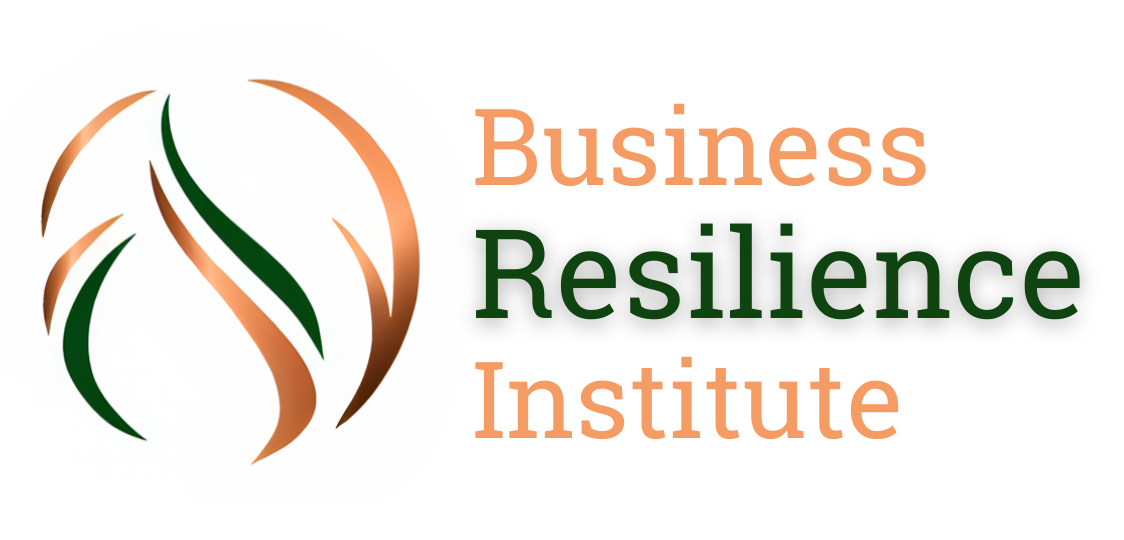Given the significance of business resilience in the banking sector, let’s explore how this concept can be further enriched by considering specific factors related to the banking industry and the role of regulatory agents. This approach offers a nuanced perspective on ensuring operational stability and strategic foresight in the face of external pressures and internal challenges.
The Unique Landscape of Banking
The banking sector operates within a highly regulated environment, necessitating a delicate balance between compliance, operational efficiency, and customer service. Banks are pivotal in the economic framework, holding responsibilities that extend far beyond their immediate business interests to include safeguarding customer assets, maintaining market confidence, and contributing to overall financial stability. This position subjects them to a variety of risks, including financial, operational, cyber, and reputational risks, each demanding a tailored approach to resilience.
Regulatory Agents and Resilience
Regulatory bodies play a crucial role in shaping the resilience framework within which banks operate. These agencies set standards and guidelines aimed at ensuring the safety and soundness of financial institutions. They encourage banks to adopt comprehensive risk management practices, maintain adequate capital and liquidity levels, and develop robust crisis management and recovery plans. For instance, the Basel III framework and regulations from bodies such as the Federal Reserve, European Central Bank, and the Financial Conduct Authority focus on enhancing the resilience of banks to financial and economic shocks.
Incorporating Regulatory Expectations into Resilience Planning
Banks must navigate these regulatory waters with a proactive and strategic approach to resilience. This involves:
- Adapting to Regulatory Changes: Keeping abreast of and complying with evolving regulations and guidelines to mitigate risks and avoid penalties.
- Stress Testing and Capital Adequacy: Conducting regular stress tests as mandated by regulators to assess the bank’s ability to withstand economic downturns and ensuring that capital reserves meet regulatory requirements.
- Cybersecurity Measures: Implementing stringent cybersecurity protocols to protect against digital threats, a key concern for regulators given the increasing prevalence of cyberattacks on financial institutions.
- Operational Resilience: Developing plans to ensure the continuity of critical operations in the face of disruptions, including pandemics, natural disasters, and technological failures. This aligns with regulatory expectations for maintaining uninterrupted services to customers.
Fostering a Resilience Mindset
Beyond regulatory compliance, banks need to cultivate a resilience mindset that permeates the entire organization. This includes:
- Leadership Commitment: Senior management must champion resilience initiatives, embedding them into the bank’s culture and strategic planning.
- Employee Engagement: Empowering employees at all levels to contribute to resilience efforts, fostering a sense of responsibility and awareness of the bank’s broader objectives.
- Innovation and Adaptability: Leveraging technology and innovation to enhance resilience, such as AI for fraud detection and blockchain for secure transactions.
- Customer Centricity: Prioritizing customer needs and expectations in resilience planning, ensuring that services remain accessible and reliable under all circumstances.
Summary
Business resilience in banking is a complex, multifaceted endeavor that requires a strategic blend of compliance, operational excellence, and forward-thinking. By acknowledging the specific challenges and opportunities within the banking sector and embracing the guidance of regulatory agents, banks can build a resilient foundation that not only withstands disruptions but also thrives in an unpredictable world. This approach ensures that banks can continue to serve their customers, support their employees, and contribute to the economic vitality of their communities, no matter what challenges lie ahead.


